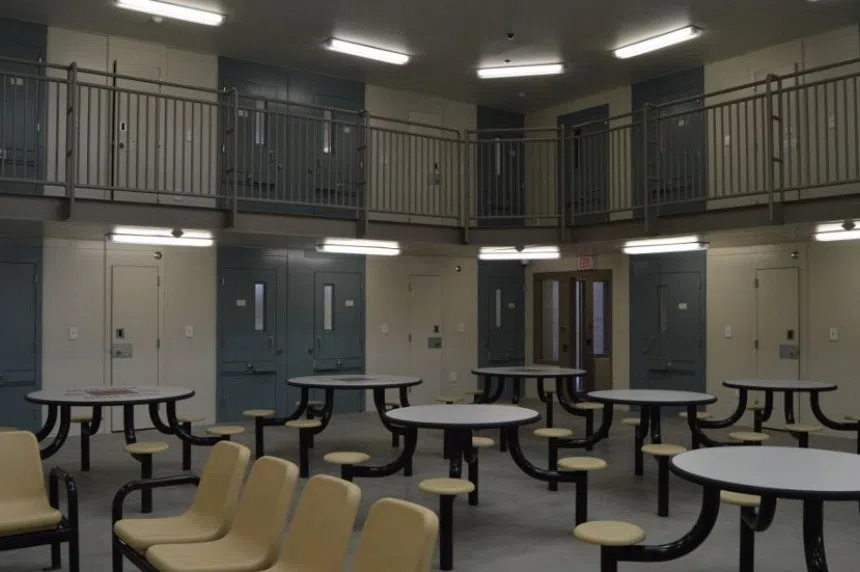
Sask. reviewing use of "administrative segregation" at provincial jails
The province won’t call it ‘solitary confinement’, but admits there is no hard limit on how long an inmate can be segregated from the general population at a Saskatchewan corrections facility.
Drew Wilby is the executive director of corporate affairs for the Saskatchewan Ministry of Justice Corrections and Policing. He explains that the province refers to the practice as “administrative or disciplinary segregation”. He said the case file has to be reviewed after two days then once every 21 days when the decision is made to split someone from the general population of inmates in the facility.
“We don’t use administrative segregation lightly it’s one of those tools that you want to use only where required,” Wilby said. “It’s designed to protect an individual from the facility and others in that facility or potentially protect the facility from an individual if they’re a threat to others that are there or the staff that’s there.”
The practice of segregation is also used for disciplining ongoing behaviours.In Saskatchewan the province doesn’t call it solitary confinement because some inmates are still able to interact with other inmates outside for a limited period of time, but that depends on the individual case.


